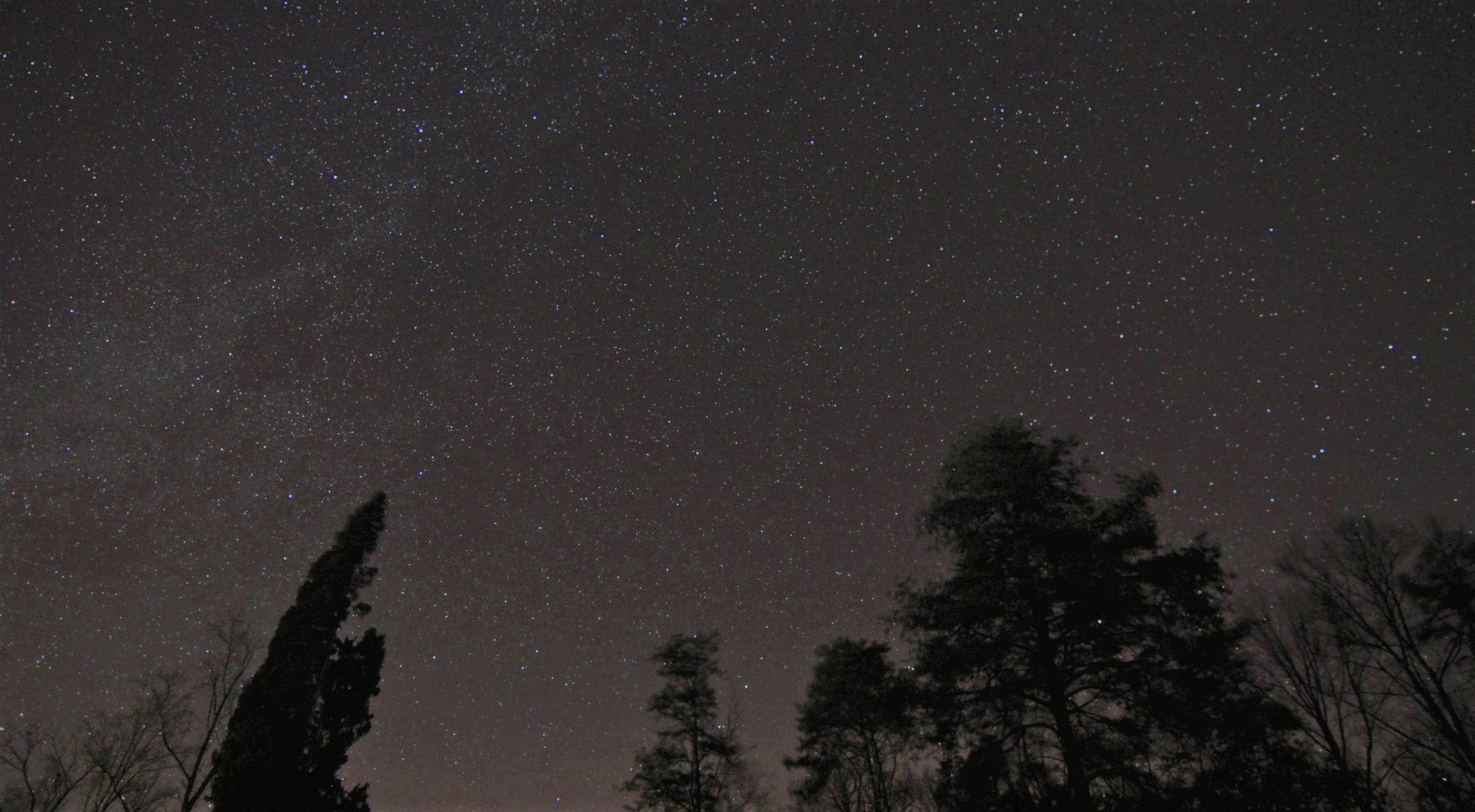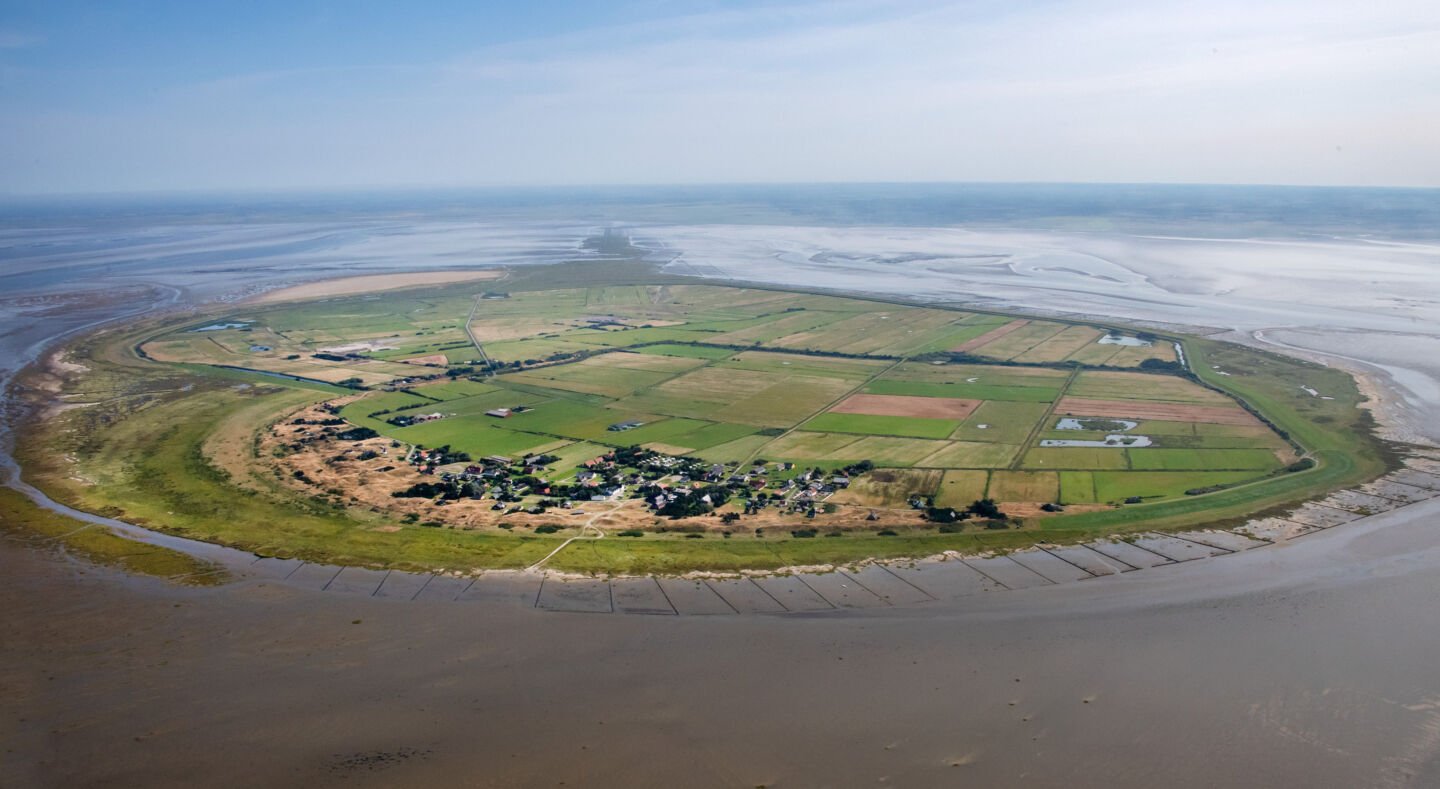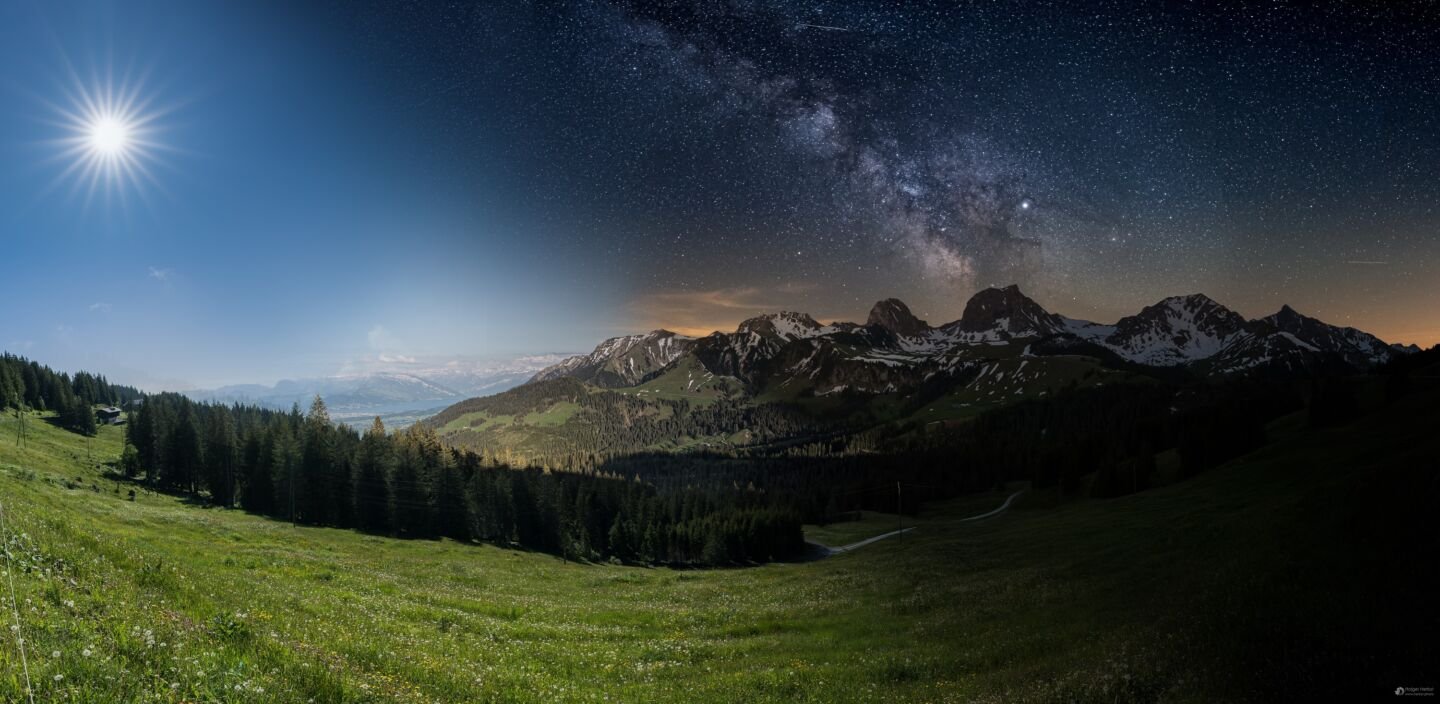
Mammoth Cave National Park Certified as an International Dark Sky Park

MAMMOTH CAVE, Kentucky, USA – The National Park Service and the International Dark-Sky Association (IDA) proudly announce Mammoth Cave National Park as an International Dark-Sky Park. This certification recognizes the exceptional quality of night skies and the opportunities to enhance visitor experiences through astronomy-based interpretive programming in the park. Mammoth Cave National Park is the first National Park Service operated site and Dark Sky Place in Kentucky to receive an IDA designation.
“We are very excited to receive an International Dark-Sky Park designation,” said Superintendent Barclay Trimble. “Mammoth Cave provides prime opportunities for viewing the wonders of the night sky within our natural environment. We hope that this designation will encourage the public to appreciate the vastness of not only the miles of deep underground passageways of Mammoth Cave, but also the beauty of the night sky above the park.”
Mammoth Cave National Park received the certification after a rigorous application process that took several years and required strong community support. The certification required an evaluation of over 700 outdoor light fixtures, retrofitting light fixtures to make them dark-sky friendly, developing a plan to manage outdoor lighting for future park projects, and demonstrating a commitment to promote the benefits of dark skies to park visitors and neighbors. Many partners supported the certification process including the city of Park City, the Great Onyx Job Corps Center, the Department of Interior Region 2 Office, and National Park Service Headquarters in Washington, D.C.
Adopting IDA compliant lighting systems provides economic benefits in addition to advancing preservation efforts. According to Bobby Bunnell, City Clerk & Treasurer, “The City of Park City has completed a complete changeover of our city street lighting system to a Dark-Sky certified LED fixture. This not only allowed the city to realize almost a 45% reduction in our monthly cost, but it generated a 65% savings of our monthly kWh energy usage. As the city promotes the Bell’s Tavern Park which is the trailhead for the Mammoth Cave Bike & Hike trail, we see our efforts to become a Dark-Sky community having an impact on our local tourism economy as well, as we look to promote possible Dark-Sky events locally and with a partnership with Mammoth Cave National Park.”
The IDA encourages communities and parks to take steps to ensure that future generations can observe the natural nightscape. “Mammoth Cave National Park’s Dark-Sky Park certification is an essential and valuable asset for recognizing and protecting dark skies as a natural, cultural, and historic resource,” stated Ruskin Hartley, Executive Director of IDA.
In support of dark sky conservation and education at Mammoth Cave National Park, the park regularly presents ranger-led astronomy programs throughout the year to provide the public an opportunity to experience unfettered views of the starry night and evoke a new appreciation for the park’s dark sky environment. The park website also features a virtual Junior Ranger Night Explorer program where children can learn more about the skies above their national parks.
The International Dark-Sky Places Program was founded in 2001 as a non-regulatory and voluntary program encouraging communities, parks, and protected areas around the world to preserve and protect dark sites through responsible lighting policies and public education. Each International Dark Sky Place follows a rigorous application process that demonstrates robust community support for dark sky certification. The first National Park Service unit to receive the certification was Utah’s Natural Bridges National Monument in 2007.
To learn more about Mammoth Cave National Park’s International Dark-Sky designation or to find out when the next Ranger-led start party is scheduled, please visit the park’s International Dark-Sky Park page at https://darksky.org/our-work/conservation/idsp/.



















